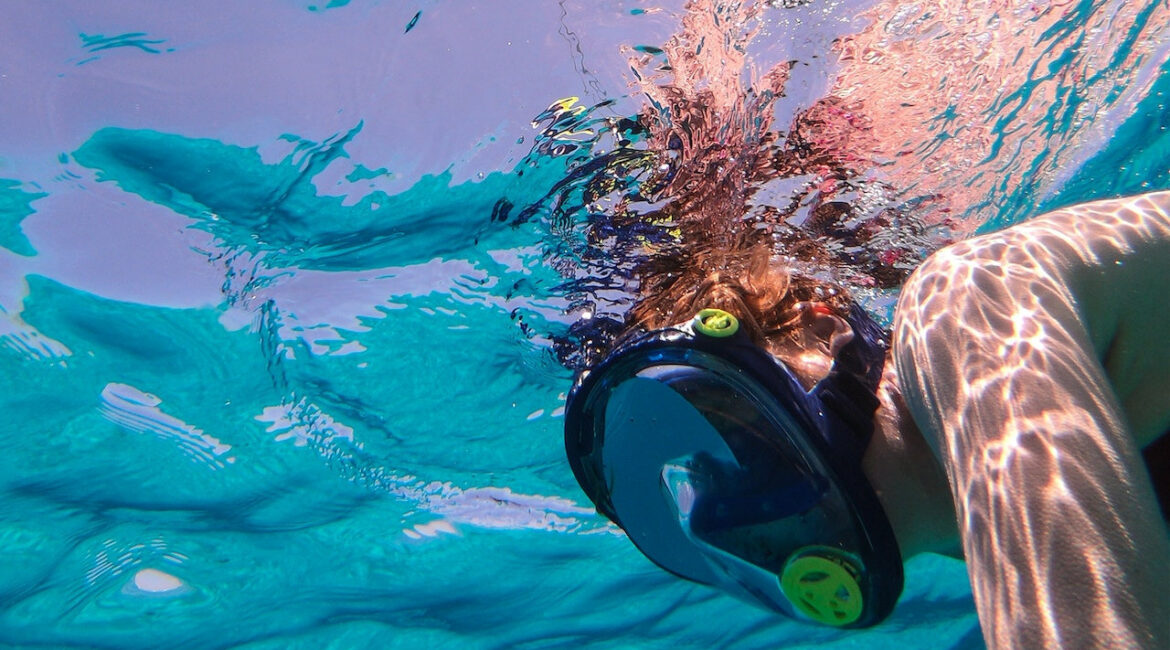In the annals of film history, James Cameron’s 1989 underwater spectacle, “The Abyss,” leaves an indelible mark. Ed Harris’s character, Bud Brigman, sports an avant-garde diving suit that allows him to breathe a specialized oxygen-rich liquid, preventing the deadly repercussions of extreme underwater pressures. This remarkable scene makes many wonder, can such a technology leap off the cinematic screen into reality?
Surprisingly, the concept isn’t as far-fetched as it might appear.
The breathing fluid showcased in the movie, known as oxygenated perfluorocarbon, genuinely exists. Although Ed Harris played out his scenes through holding his breath, an earlier segment that showed a rat breathing in a liquid environment was genuinely real. Liquid breathing is not just the brainchild of Hollywood. This technology has undergone experiments spanning over a century, and its applications, especially in the medical arena, might be life-changing.
The origins of liquid breathing experimentation date back to the aftermath of World War I.
Researchers examined the potential of oxygen-rich saline solutions to rejuvenate lungs scarred by poisonous gases. A significant turn came in the late 1950s when the US Navy envisioned its use to aid sailors in escaping sunken submarines without succumbing to decompression sickness.
Decompression sickness or “The Bends” is a diver’s peril.
When divers plunge into the depths, increasing water pressures cause higher amounts of Nitrogen from the inhaled air to dissolve in their bodies. An abrupt ascent causes the dissolved Nitrogen to convert to bubbles, leading to serious health consequences like strokes, embolisms, and even death. Liquid breathing offers a solution. Breathing an oxygen-saturated liquid can equalize internal and external pressures, nullifying the risks associated with Nitrogen.
Dr. Johannes Klystra’s 1962 experiments at Duke University marked a significant advancement in the field. His team managed to make mice breathe an oxygenated saline solution under the pressure of 160 atmospheres. However, a hurdle surfaced: while oxygen delivery was efficient, carbon dioxide removal was not. This flaw led to respiratory acidosis, a potentially deadly condition.
The breakthrough came in 1966 when Leland Clark and Frank Gollan swapped the saline with perfluorocarbon (PFC), a potent breathing fluid. PFC’s properties, including its capacity to hold vast amounts of oxygen and carbon dioxide, made it ideal for the task. These trials, which involved both animals and humans, showed promising results. Francis J. Falejcyk, a US Navy diver, became the first human to breathe both oxygenated saline and PFC. This very experiment, years later, inspired James Cameron’s storyline for “The Abyss.”
However, the practical applications of this research haven’t seen much light in real-world scenarios. Breathing PFC was arduous, with Navy SEALs reportedly suffering from rib injuries during tests.
Despite the hurdles in deep-sea diving, liquid breathing’s potential in medical applications shines brightly. Particularly in neonatal care, premature babies often struggle with collapsed alveoli in the lungs due to insufficient pulmonary surfactant. Liquid ventilation might be their lifeline. By replicating the womb’s conditions, it allows the alveoli to function correctly and enhances oxygen exchange.
J.S. Greenspan’s 1989 pioneering work in neonatal liquid ventilation showed encouraging results.
Of the 13 premature infants placed on liquid ventilators, 11 displayed significant lung function improvement. Though full liquid ventilation was deemed too complex, B.P. Fulman introduced partial liquid ventilation in 1991, a simpler yet effective method.
The story of liquid breathing, from its cinematic representation to actual medical breakthroughs, is fascinating. Though we might not see a deep-sea diver breathing liquids anytime soon, the technology’s promise in saving lives, especially the most vulnerable, is undeniable.
- Transform Your Health with Medford Medical Weight Loss Program - June 9, 2025
- A Chat with Nate and Mika, Christian Wedding Photographers - July 18, 2024
- Ultimate Guide To Playing Online Casinos - May 27, 2024







